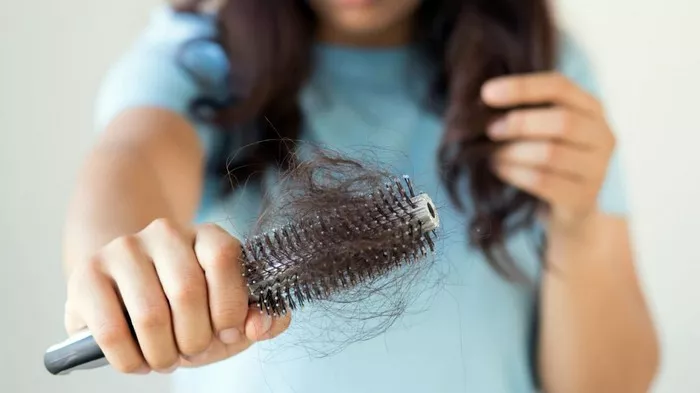In a world where appearances often influence self-confidence, losing hair can be a daunting experience, especially as we age. Many individuals wonder if it’s possible to regrow hair after the age of 40. In this article, we’ll explore this common concern and provide insights into whether regrowing hair is a realistic possibility. Let’s delve into the details:
Understanding Hair Growth at Different Ages
Before we explore hair regrowth after 40, it’s essential to understand the natural hair growth cycle. Hair goes through three phases: the anagen (growth) phase, the catagen (transitional) phase, and the telogen (resting) phase. As we age, the duration of the anagen phase may shorten, leading to slower hair growth.
Hair thinning is a common issue as we age due to factors like hormonal changes, genetics, and lifestyle. After 40, many individuals experience a reduction in hair density and the onset of male or female pattern baldness.
Factors Affecting Hair Regrowth After 40
The following are factors that affect hair regrowth after the age of 40:
1. Genetics
Genetics play a significant role in hair regrowth potential. If you have a family history of early hair loss, you may be more predisposed to this condition. However, it’s important to note that genetic factors alone do not determine regrowth success.
2. Hormonal Changes
Hormonal fluctuations, such as those associated with menopause or androgenetic alopecia, can affect hair growth. Hormone replacement therapy (HRT) in some cases can help mitigate hair loss and promote regrowth in women.
3. Scalp Health
A healthy scalp is crucial for hair regrowth. Conditions like dandruff, psoriasis, or a tight and dry scalp can hinder regrowth efforts. Using specialized shampoos and maintaining proper scalp hygiene can make a difference.
Hair Regrowth Strategies After 40
Here are strategies for hair regrowth after age 40:
1. Topical Treatments
Over-the-counter topical treatments like minoxidil have shown some success in promoting hair regrowth. It’s important to use these products consistently and as directed.
2. Prescription Medications
Prescription medications such as finasteride (for men) and spironolactone (for women) can help slow down hair loss and potentially stimulate regrowth. Consult with a healthcare provider for these options.
3. Platelet-Rich Plasma (PRP) Therapy
PRP therapy involves using a patient’s own blood plasma, rich in growth factors, to stimulate hair follicles. This minimally invasive procedure has gained popularity for its potential to improve hair regrowth.
4. Hair Transplantation
For individuals with advanced hair loss, hair transplantation surgery is a viable option. This procedure involves transplanting hair follicles from one part of the body to the balding area.
Lifestyle and Dietary Considerations
The following are lifestyle and dietary considerations:
1. Diet
A balanced diet rich in essential vitamins and minerals, such as biotin, zinc, and iron, can support hair health. Supplements may be recommended in some cases.
2. Stress Management
Stress can contribute to hair loss. Practicing stress-reduction techniques, such as yoga or meditation, can help improve overall well-being and potentially aid in hair regrowth.
3. Hair Care Practices
Gentle hair care practices, such as avoiding tight hairstyles and minimizing heat styling, can prevent further damage and promote regrowth.
Consultation with Experts
While various treatments and strategies exist for hair regrowth after 40, it’s important to maintain realistic expectations. Complete restoration of youthful hair density may not always be achievable, but noticeable improvements are possible with the right approach.
Consulting with a dermatologist or hair specialist is crucial for developing a personalized hair regrowth plan. They can assess your unique situation and recommend the most suitable treatments.
Hair regrowth is often a gradual process that requires patience and consistency in following the prescribed treatments and lifestyle changes.
See Also: Demystifying Hair Loss: The Infections that Cause It
Conclusion
In summary, hair regrowth after the age of 40 is indeed possible, thanks to advances in medical treatments and lifestyle changes. However, the success of regrowth efforts varies from person to person and depends on numerous factors. It’s essential to consult with professionals to determine the most appropriate strategies for your unique situation. Remember, with the right approach, you can achieve healthier and fuller-looking hair even after the age of 40.


